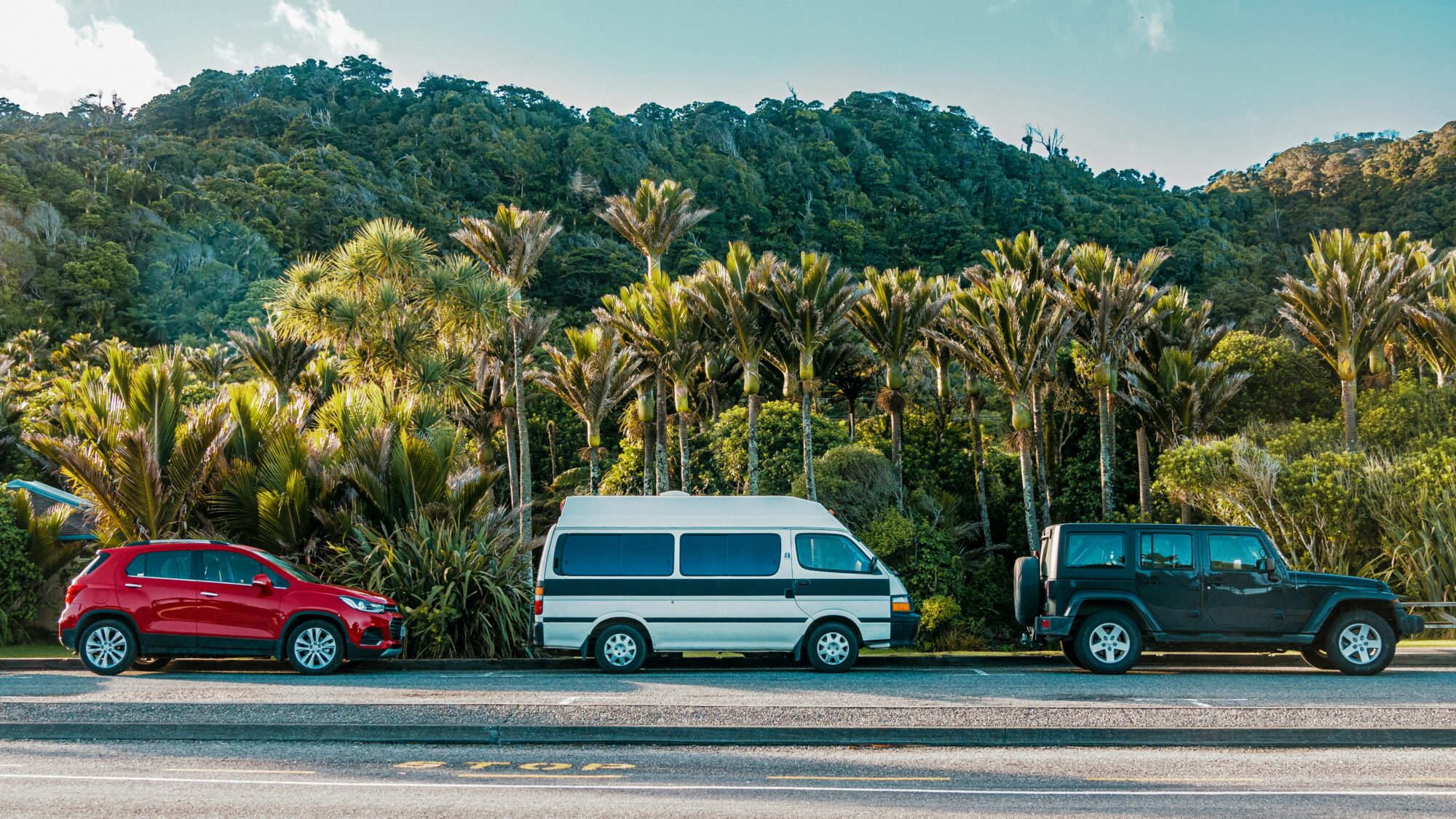“What car should I buy?” is one of the most common questions members ask AMA’s automotive experts. There’s no such thing as “The Best Car”—but somewhere out there is a best car for you.
“It’s about finding a vehicle that suits you and meets your needs,” says Colin Fritz, AMA associate vice president of operations. He boils down the car-shopping process into three steps. First, be honest about your needs. Second, make a shortlist of models that fit the bill. And lastly, test-drive them all because there’s no substitute for seat time.
With these steps in mind, we break down some of the most popular types of vehicles on the road and what kind of driver suits them best.
Sedans and Hatchbacks
Who’s driving? Driving enthusiasts, commuters, savvy savers
The Pros: Sedans and hatchbacks are the most affordable, most energy-efficient, most maneuverable new vehicles on the road today—perfect for long commutes and drivers on a budget. Newer compact sedans have become large enough to comfortably seat adults in the rear seats, too. Sporty sedans and hatches can be especially fun to drive, feeling nimble, precise and playful.
The Cons: Lower ground clearance means you’ve got to be more careful in deep snow. Some manufacturers arguably make their sedans too sporty, to the detriment of passenger comfort and everyday usability. Since sedans, hatches, station wagons and coupes collectively make up only a small slice of the new-vehicle market, the selection of new models is not nearly as vast as it once was.
Small and Mid-sized SUVs
Who’s driving? Urban families, road trippers, value-conscious
The Pros: Many drivers love that SUVs are elevated, which means less bending and ducking to get in or out. New parents (and their lower backs) will appreciate that the extra height also makes it easier to get a baby into a car seat. Mid-size SUVs are especially versatile, delivering enough passenger and cargo room for extended road trips and camping expeditions.
“SUVs have been exploding in sales since 2009,” says Andrew King, managing partner at Canadian auto-industry advisory firm DesRosiers Automotive Consultants. Their data suggests that SUVs (of all sizes) account for nearly 60 percent of annual new-vehicle sales. Given how versatile and easy they are to live with, that should come as no surprise.
The Cons: SUVs are typically more expensive to purchase (by as much as $10,000) and less fuel-efficient than similarly sized sedans. Getting a model with all-wheel drive (AWD) often means stepping up to a more expensive trim level. While AWD does offer peace of mind, whether you really need it or not comes down to where you live, notes Fritz. He suggests that drivers in well-plowed urban areas are probably okay without it.
Large (full size) SUVs
Who’s driving? Adventurers, large families
The Pros: If you prioritize maximum space and go-anywhere capability above all else, you need a big SUV. Many full-size SUVs offer spacious third rows and have the ground clearance to go where minivans can’t. in fact, SUVs with a third row of seats have effectively replace minivans, the sales of which are dwindling. Some big SUVs are based on body-on-frame truck chassis, while others are based on car platforms. The former are often better off-road, while the latter offer a better, quieter ride for long commutes. Large SUVs are great for true adventurers with families (or lots of friends) who need a powerful ride with space for everything from pets to people and outdoor gear to groceries. They are good, too, for cross-country or rough road excursions and hauling heavy loads (boats, ATVs, snowmobiles). Luxe options abound, hence popular with the city see-and-be-seen set.
The Cons: they’re heavy and often have big, gas-hungry engines. They’re more expensive to purchase and own than smaller SUVs or cars. Their sheer size means they’ll be bursting out of downtown parking spaces and often have limited outward visibility, which isn’t ideal in areas with lots of pedestrian traffic. Shorter drivers may find some big SUVs too tall, making it difficult to get in or out.
Pickup Trucks
Who’s driving? Skilled trade workers, farmers, outdoor enthusiasts
The Pros: Pickups are more versatile than ever, from new compact trucks to $100,000 luxury rigs. It’s little wonder pickups account for roughly 23 percent of new vehicle sales, according to DesRosiers’ data. Fritz says pickups are best for people who actually use them as trucks—for towing, hauling and getting work done—as well as for outdoor enthusiasts (with their toys) who need to get to remote spots. “Most contractors under-buy on their trucks,” he says. In other words, if you’ll often be using the upper limit of a truck’s payload or towing capacity, consider stepping up to a bigger truck.
The Cons: Despite technological advances, pickups still aren’t as comfortable as cards and smaller SUVs. They’re not fuel-efficient either and, therefore, less ideal for commuters. Plus, studies have shown that the tall, blunt front ends on many trucks pose a greater risk to pedestrians in the event of a collision.
